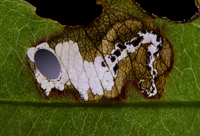
| Recorded by: Mark Basinger on 2025-11-16
Sampson Co.
Comment: | 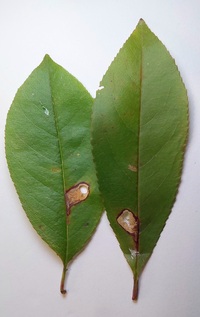
| Recorded by: Mark Basinger on 2025-11-11
Rowan Co.
Comment: |

| Recorded by: Mark Basinger on 2025-11-09
Pender Co.
Comment: | 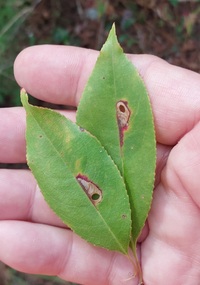
| Recorded by: Mark Basinger on 2025-11-08
Brunswick Co.
Comment: |

| Recorded by: Dean Furbish on 2025-10-22
Pender Co.
Comment: | 
| Recorded by: Mark Basinger on 2025-07-14
Scotland Co.
Comment: |
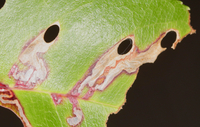
| Recorded by: Jim Petranka on 2025-06-29
Moore Co.
Comment: | 
| Recorded by: Ken Kneidel on 2025-06-08
Mecklenburg Co.
Comment: A reared adult from Black Cherry. |
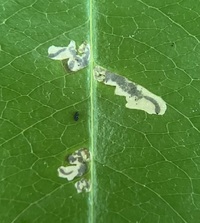
| Recorded by: Ken Kneidel on 2025-05-15
Mecklenburg Co.
Comment: | 
| Recorded by: Ken Kneidel on 2025-05-15
Mecklenburg Co.
Comment: |

| Recorded by: Ken Kneidel on 2025-05-15
Mecklenburg Co.
Comment: | 
| Recorded by: Dean Furbish on 2024-10-31
Pender Co.
Comment: |
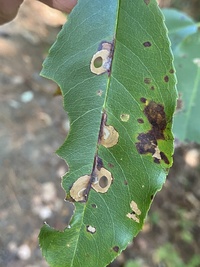
| Recorded by: David George on 2024-10-21
Durham Co.
Comment: | 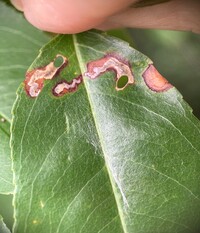
| Recorded by: Dean Furbish on 2024-07-20
Wake Co.
Comment: |
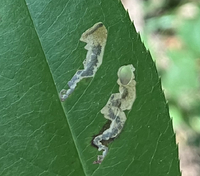
| Recorded by: Ken Kneidel on 2024-06-04
Mecklenburg Co.
Comment: | 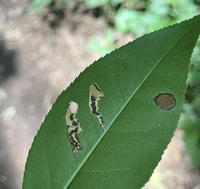
| Recorded by: Ken Kneidel on 2024-06-04
Mecklenburg Co.
Comment: |
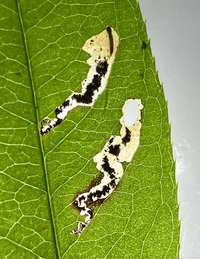
| Recorded by: Ken Kneidel on 2024-06-04
Mecklenburg Co.
Comment: | 
| Recorded by: Dean Furbish on 2023-10-26
Pender Co.
Comment: |
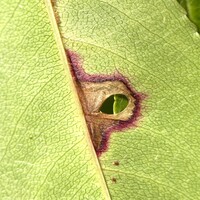
| Recorded by: Dean Furbish on 2023-10-26
Pender Co.
Comment: | 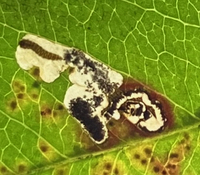
| Recorded by: Ken Kneidel on 2023-10-23
Mecklenburg Co.
Comment: |
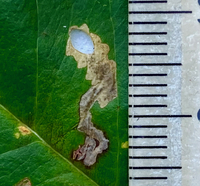
| Recorded by: Ken Kneidel on 2023-10-23
Mecklenburg Co.
Comment: | 
| Recorded by: Ken Kneidel on 2023-10-23
Mecklenburg Co.
Comment: A last-instar larva inside a leaf cut-out. |
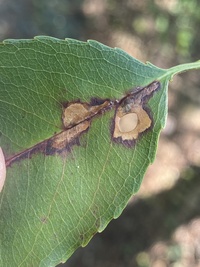
| Recorded by: David George on 2023-09-20
Durham Co.
Comment: | 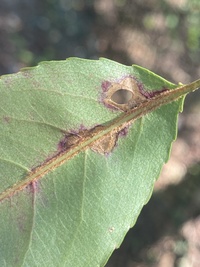
| Recorded by: David George on 2023-09-20
Durham Co.
Comment: |

| Recorded by: Dean Furbish on 2022-09-24
Wake Co.
Comment: Mine was on Black Cherry. | 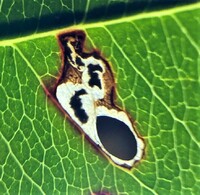
| Recorded by: Dean Furbish on 2022-09-24
Wake Co.
Comment: |
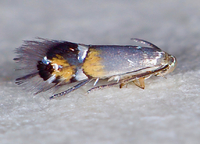
| Recorded by: Jim Petranka on 2022-07-02
Madison Co.
Comment: An adult that was reared from a mine on Black Cherry; mine on June 13; adult on July 2 (see companion photo of the mines). | 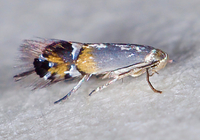
| Recorded by: Jim Petranka on 2022-07-02
Madison Co.
Comment: An adult that was reared from a mine on Black Cherry; mine on June 13; adult on July 2 (see companion photo of the mines). |
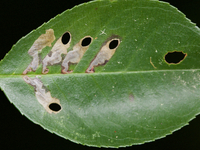
| Recorded by: Jim Petranka on 2022-06-13
Madison Co.
Comment: Five mines (one occupied) on black Cherry. An adult was reared from the occupied mine (see companion photos). | 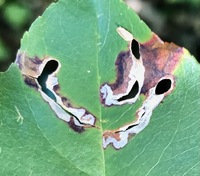
| Recorded by: Ken Kneidel on 2021-09-29
Mecklenburg Co.
Comment: |
|

 »
»


